The impact of water access in Afghanistan’s remote communities and the threat of aid cuts

By Ria Mohammad Rehaa, Comms Manager
“In our village, women were responsible for fetching water from long distances,” recalls Bismillah, a community leader in Kosa Qala village in Faryab.
In many remote communities across Faryab, where clean water remains scarce, the burden of collecting water falls heavily on women and children—while men labour to earn a living for their families.
Home to more than 400 families, Kosa Qala was one of many villages where the burden of fetching water felt hardest on women. Each trip cost them over 40 minutes.

The village is not without drinkable groundwater—the real challenge lies in the cost of digging wells to access it. Without the means to afford safe water sources, families in Kosa Qala had no choice but to rely on contaminated river water. This led to frequent outbreaks of waterborne diseases, with diarrhoea—a threat to children—being the most common and devastating.
"Drinking contaminated water leads to diseases like diarrhoea, cholera, typhoid fever, dysentery, hepatitis A, and giardiasis," explains Ahmad*, World Vision Afghanistan’s WASH Coordinator in Faryab. "These illnesses take a devastating toll on children’s health."
The harsh reality of water scarcity grips these communities, where every drop comes at a cost, not just in distance travelled but in health sacrificed. When the only available water carries invisible threats, families face an impossible choice: drink and risk illness, or go without. This is how waterborne diseases take hold, spreading relentlessly through villages already burdened with hardship.
Years ago, a working water source stood in the heart of this village. Years of disuse and the crushing weight of poverty have left the community without any means to restore it, forcing families to seek water elsewhere despite the solution being right before them.

In response to the community’s needs, World Vision Afghanistan, through the FRAMES project funded by USAID's Bureau for Humanitarian Assistance, collaborated with local residents to restore the abandoned water network. Within two months, clean drinking water was available through taps installed near homes, significantly improving access and reducing the burden of water collection.
For 12-year-old Zahra and other children in the village, the daily hardship of fetching water has been replaced by the simple joy of turning on a tap just steps from home - no more long, risky journeys to distant, contaminated water sources.

"Since this system was installed, we've seen fewer cases of diarrhoea," explains Bismillah, the community leader. "But the greatest change is for our women. What used to be a 40-minute daily struggle now takes less than five minutes. Having a tap right outside their homes has given them back precious time for their families and livelihoods."
To ensure the sustainability of the water network, World Vision Afghanistan worked together with the community to establish a maintenance system. A local caretaker was selected and trained to manage the infrastructure, funded by a small monthly contribution of 35 AFN from each household, which counts to about US $0.5.
This innovative approach serves two purposes: it provides the caretaker with a fair wage while ensuring prompt repairs—whether handled independently or with technical support when needed.
By empowering the community to take ownership, the project guarantees long-term access to clean water.
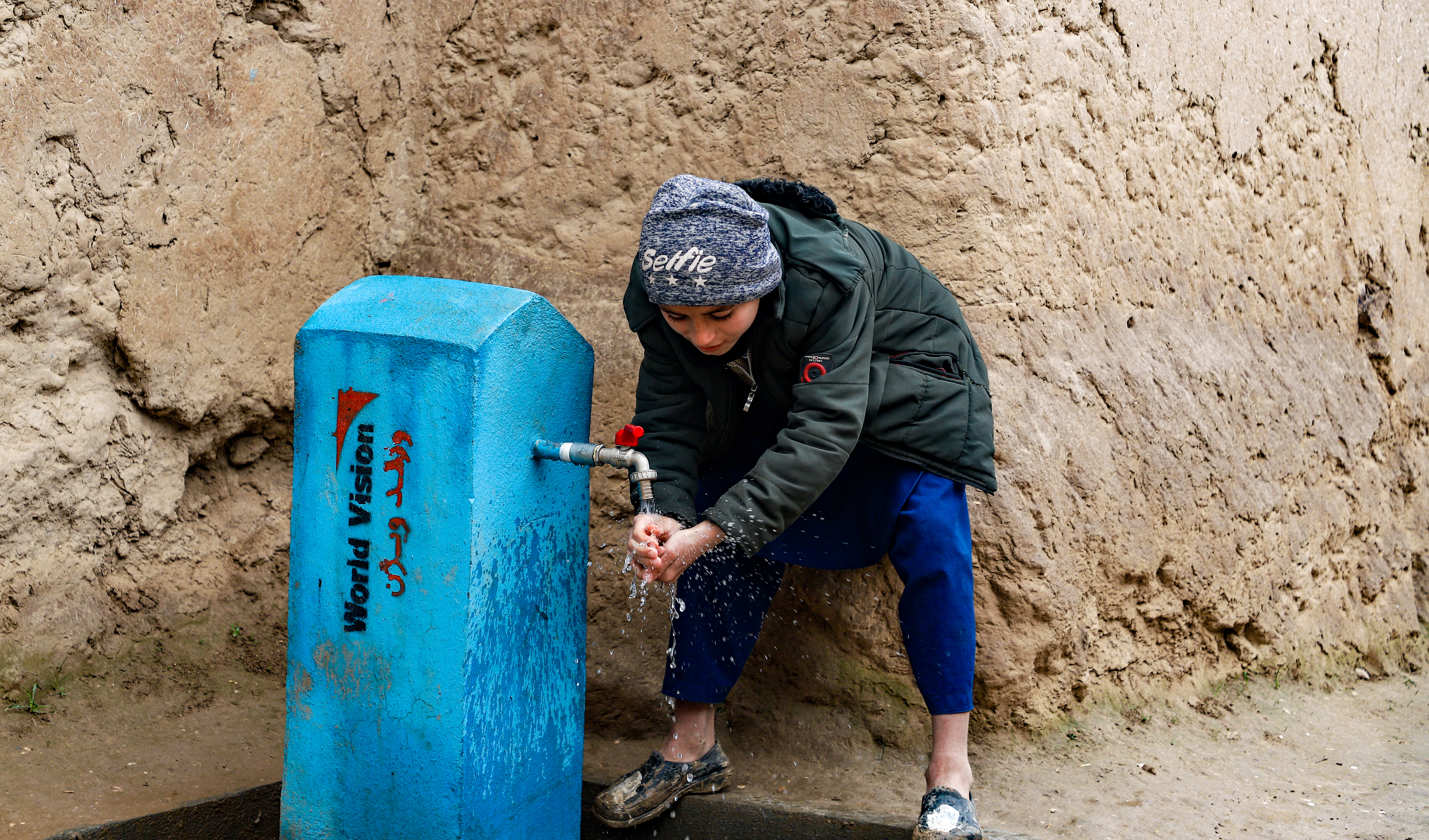
Today, this life-changing water network serves over 400 families, lifting the years-old burden of water collection off women’s shoulders. Beyond providing immediate access to safe drinking water, the system acts as a powerful health intervention, protecting vulnerable children from waterborne diseases while giving families back countless hours previously lost to survival tasks.
Growing water needs meet growing uncertainty as aid faces cuts
Unlike Kosa Qala, Khas Mos village lies in a valley where the well water is undrinkable, even for animals. Their only clean water source is a spring—constructed and covered by the government 25 years ago—but it lies on the far side of a mountain.
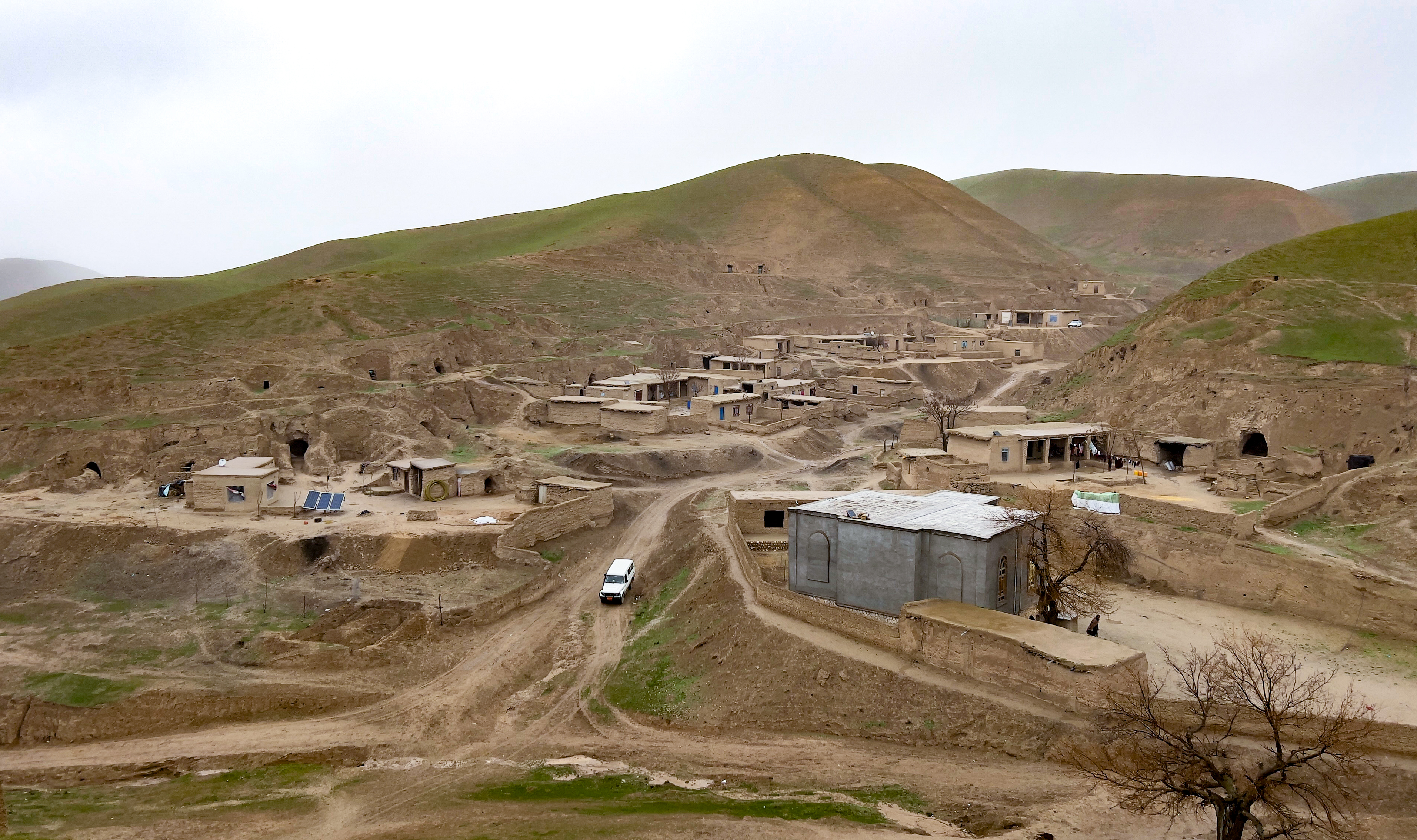
Khas Mos shares one similarity with Kosa Qala: the people of Khas Mos have also been dreaming for years of having water taps close to their homes.
Carrying this hope, elderly women and children in the village are forced to ride donkeys for over an hour, often longer when queues form, scaling steep paths to reach the springs.
Thirteen-year-old Shukrullah knows this journey well. "I fetch water two or three times a day," he says, hoisting a jerrycan onto his donkey. "Sometimes I miss school just to be able to bring water to my family."
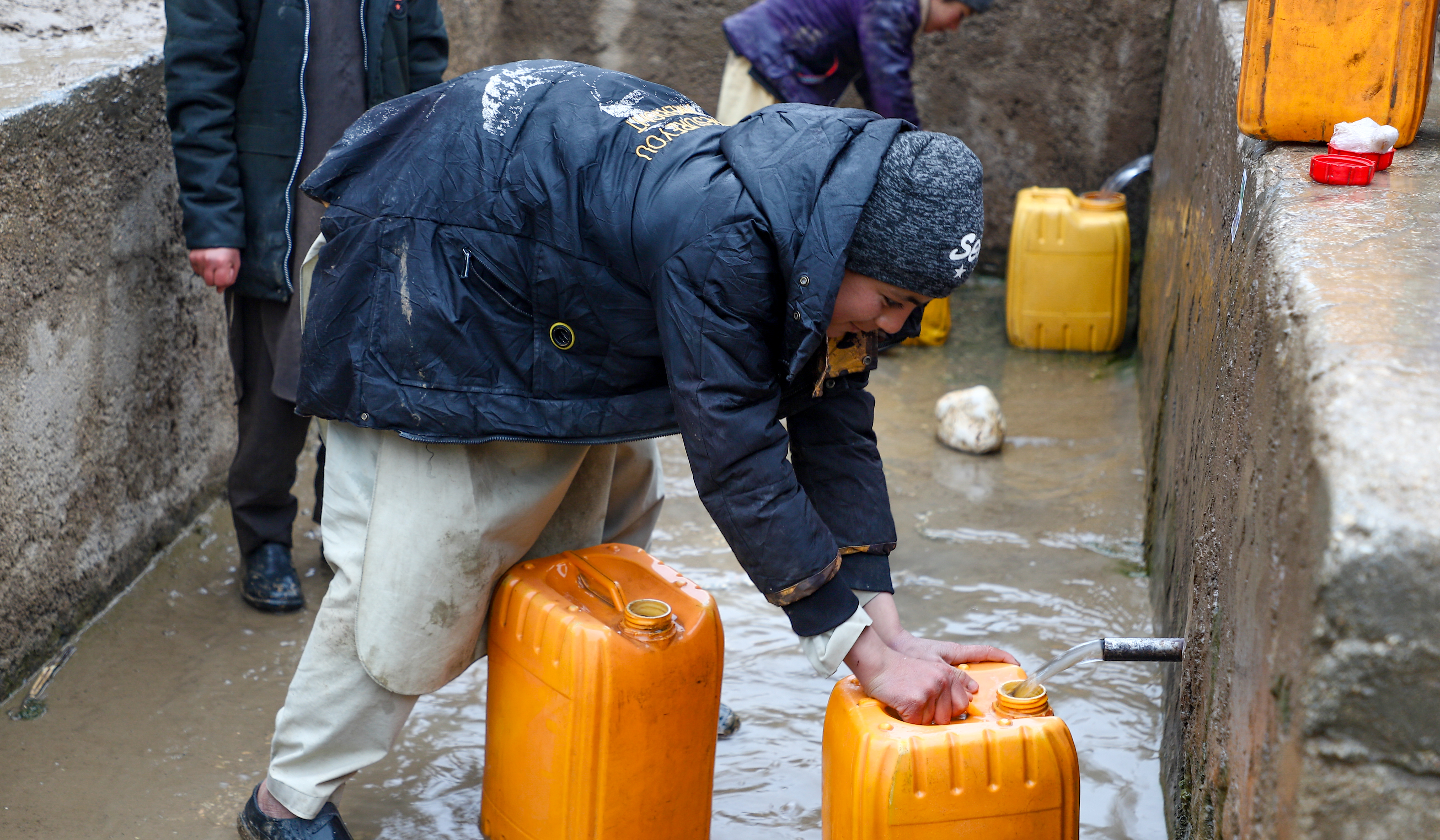
When the jerrycan is empty, he rides the donkey uphill; when it’s full, he walks beside it on the return trip. Between fetching water and his long walk to school, where he’s in fifth grade, there’s little time left for homework or play.
He dreams of having a water tap near his house. “At night, I study and do my homework. In the morning, if we don’t have water, first I come here to fetch some and then I go to school,” he continues. “If we have water taps near our house, we can fetch water from there in any weather condition, whether it’s snowing or raining. Now, I don’t have enough time to play because I go to school and fetch water.”
For women like Zarmina*, the toll is heavy. She makes four to five trips daily, often waiting until nightfall. “Fetching water also means falling behind on household work. If we stay home to do chores, we cannot collect water,” Zarmina shares, filling her jerrycan as her hand rests on the tap. “We always have to assign someone to this task. If we send our children, they miss school. Access to water has become one of our biggest struggles.”
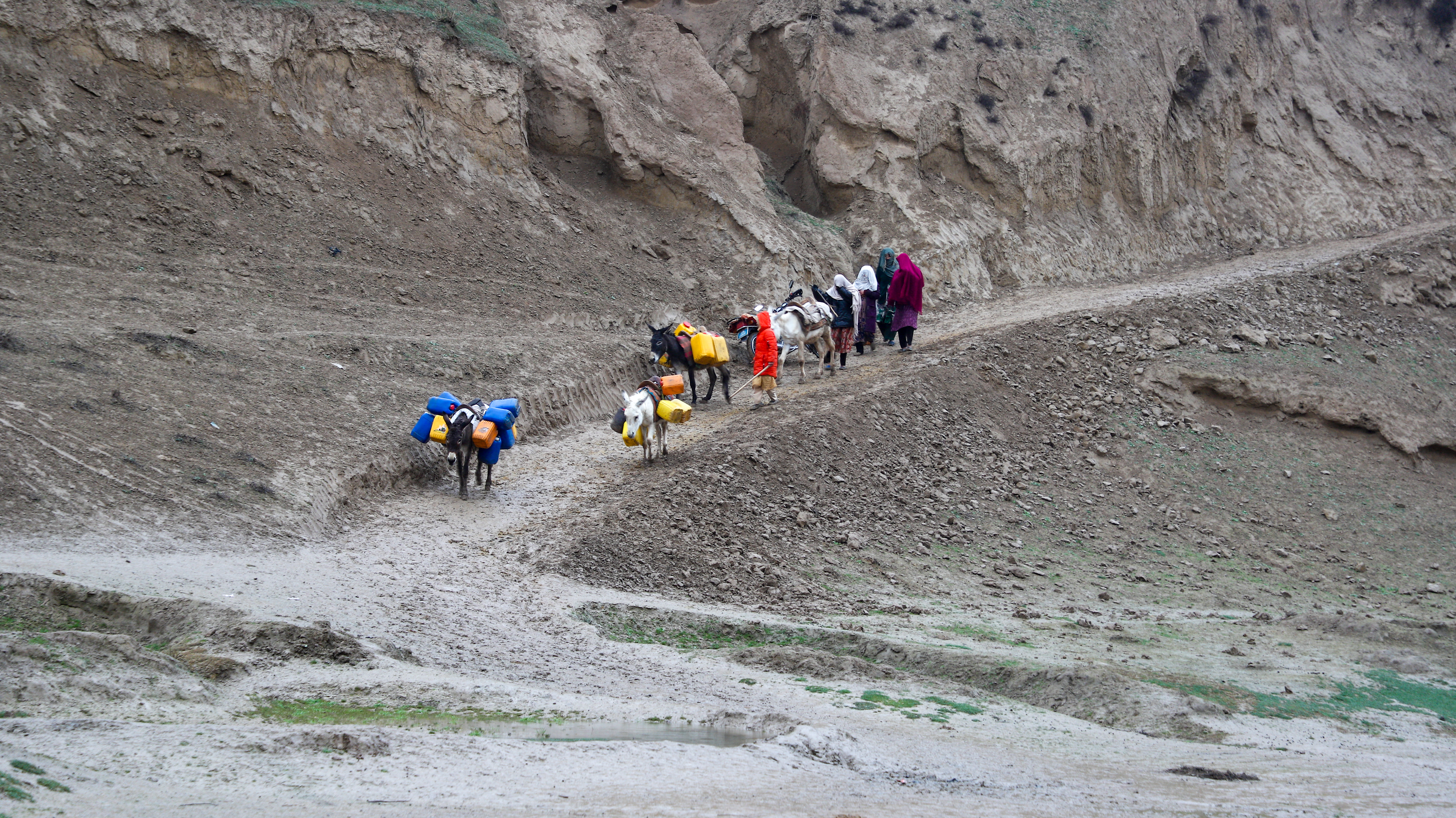
Winter magnifies the danger: icy paths and wolves force villagers to travel in groups. In winter, when snow blocks access, families must borrow a jerrycan of water from their neighbours, having to give back the same amount later.
Even in summer, floods make it challenging for villagers to get water from this source. A few years ago, one of the villagers was swept away by floods taking his life.
The people of this community attest that the spring’s water is clean and drinkable. However, it’s the long distances and harsh weather—snow in the winter and floods in the summer—that are their true adversaries.
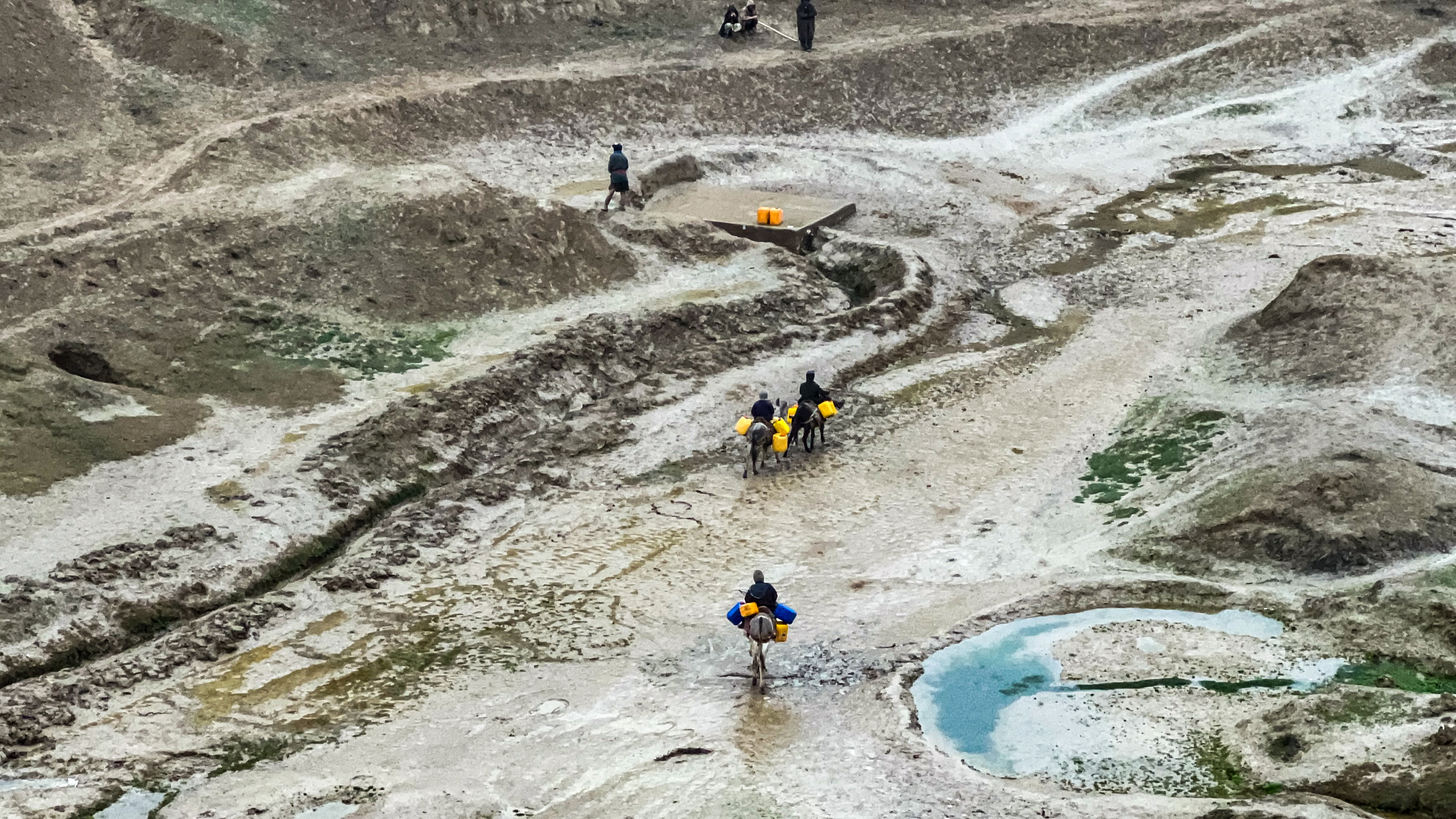
World Vision’s FRAMES project has completed the initial assessment to channel spring water into the village. But now, with funding cuts, progress has stalled. The lack of continued aid to support WASH (Water, Sanitation, and Hygiene) programmes poses serious risks. Without access to clean water, the community faces a higher likelihood of waterborne diseases, which can be deadly, particularly for children. The need to collect water from distant, unsafe sources often leads to increased child labour, as children are sent to fetch water instead of attending school. This disruption in education further limits the potential of young people, trapping them in a cycle of poverty and poor health.
They have been dreaming of bringing this water from the spring to their village for years, but this dream hasn’t turned into a reality yet because community members cannot afford to do it. “Our greatest wish is to have water near our homes so that we and our children can be safe, and they can focus on their education,” Zarmina says.

*Names are changed to protect identities.